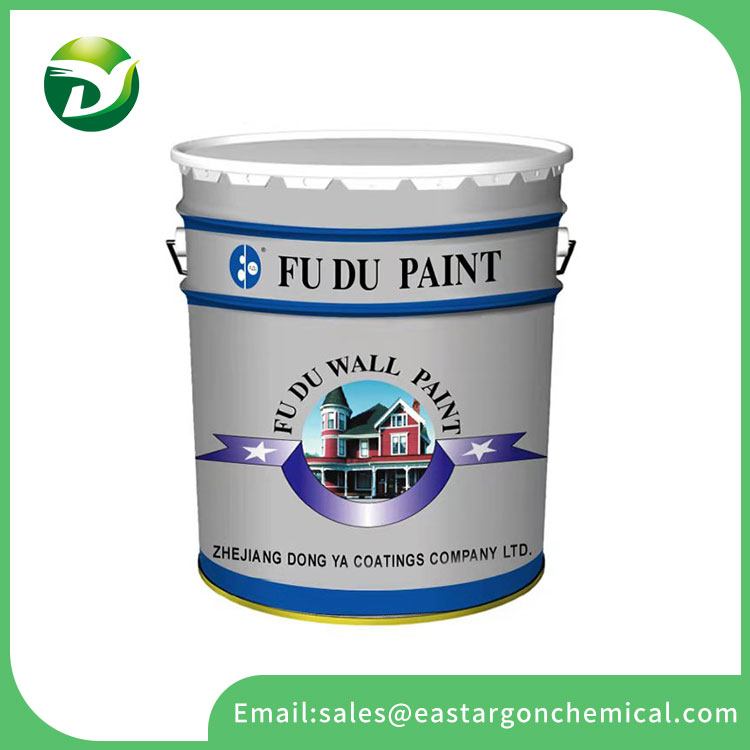Water Based Paint
Water-based paint, also known as latex or acrylic paint, is a type of paint that uses water as a carrier or solvent instead of traditional solvents like oil or mineral spirits. It has gained popularity over the years due to its ease of use, low odor, and environmental friendliness. Water-based paint......
Send Inquiry
Product Description
Water-based paint, also known as latex or acrylic paint, is a type of paint that uses water as a carrier or solvent instead of traditional solvents like oil or mineral spirits. It has gained popularity over the years due to its ease of use, low odor, and environmental friendliness. Water-based paint offers several advantages and characteristics:
1. Quick Drying Time: One of the key benefits of water-based paint is its fast drying time. It dries relatively quickly compared to oil-based paints, allowing for faster application of additional coats or for the painted surface to be touched or handled sooner.
2. Low Odor: Water-based paints have a lower odor compared to oil-based paints. They contain fewer volatile organic compounds (VOCs), which are responsible for the strong smell associated with some traditional paints. The reduced odor makes water-based paints more pleasant to work with, especially in indoor environments.
3. Easy Clean-Up: Water-based paint is easy to clean up because it can be diluted and rinsed with water. Brushes, rollers, and other painting tools can be cleaned with water, eliminating the need for harsh solvents. This makes the painting process more convenient and reduces the amount of hazardous waste generated.
4. Environmental Friendliness: Water-based paints are considered more environmentally friendly than oil-based paints. They have lower VOC content, which helps reduce air pollution and minimize health risks associated with exposure to toxic fumes. Water-based paints are often the preferred choice for eco-conscious individuals and those seeking more sustainable paint options.
5. Good Color Retention: Water-based paints tend to retain their color over time and resist fading. They also offer good color consistency between different batches, ensuring a uniform appearance when touching up or repainting.
6. Versatility: Water-based paints can be used on a variety of surfaces, including walls, ceilings, wood, metal, and drywall. They adhere well to most common materials and provide good coverage. They are available in a wide range of finishes, including matte, eggshell, satin, semi-gloss, and high-gloss, allowing for different aesthetic choices and applications.
7. Flexibility and Durability: Water-based paints have good flexibility, which allows them to expand and contract with temperature and humidity changes without cracking or peeling. They also offer good durability and resistance to mildew, fading, and moisture, making them suitable for both interior and exterior applications.
When using water-based paint, it's important to ensure the surface is clean, dry, and properly prepared for optimal adhesion. It's also recommended to use compatible primers and paints for the best results.
Overall, water-based paint offers several advantages, including ease of use, quick drying time, low odor, and environmental friendliness. It has become a popular choice for many residential and commercial painting projects.










